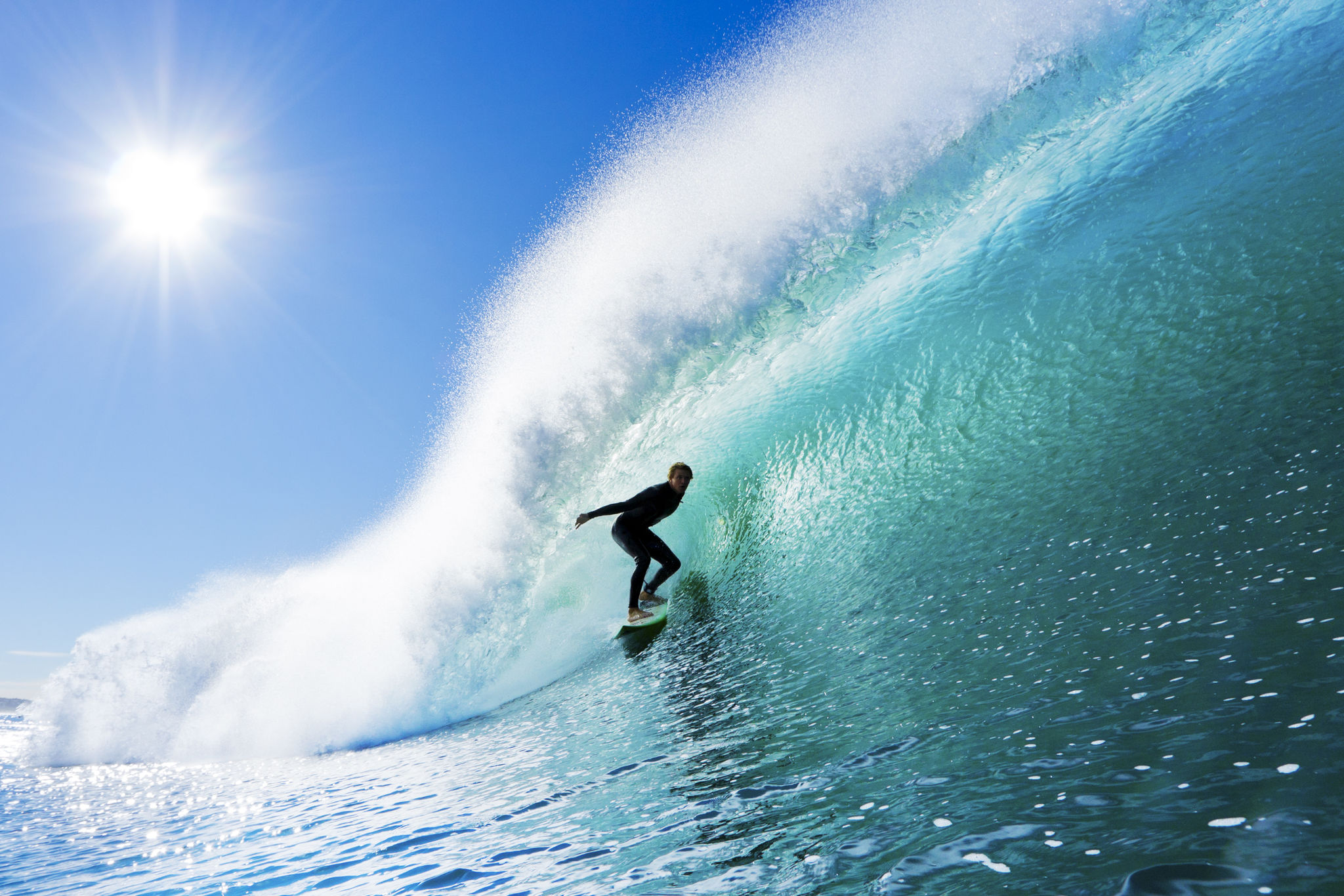Efoil vs Traditional Surfboards: A Comprehensive Comparison
Introduction to Efoil and Traditional Surfboards
Surfing, a beloved water sport, has evolved significantly over the years. The introduction of the efoil has added a new dimension to the experience, offering a unique blend of technology and tradition. But how does an efoil compare to the classic surfboard we've long admired? Let's dive into the differences and see what each has to offer.

Understanding Efoil Surfboards
An efoil is a surfboard with a hydrofoil and an electric motor, allowing riders to glide above the water's surface. This innovative technology provides a smooth and fast ride, appealing to those who seek speed and thrill. The efoil's motor is quiet yet powerful, enabling surfers to navigate various water conditions with ease.
Unlike traditional surfboards, efoils require a battery pack and remote control to operate. This technological aspect makes them heavier and more complex, but it also opens up a world of possibilities for surfers, including tackling flat water and low waves where traditional boards might struggle.
The Allure of Traditional Surfboards
Traditional surfboards have been around for centuries, with a rich history rooted in various cultures worldwide. They come in many shapes and sizes, each tailored to different surfing styles and conditions. From longboards to shortboards, the options are vast and cater to all skill levels.

One of the main appeals of traditional surfboards is their simplicity. With no need for batteries or motors, surfers can easily transport their boards and enjoy a more organic connection with the ocean. This simplicity often translates into lower costs compared to efoils, making them more accessible to beginners and purists.
Performance and Experience
When it comes to performance, efoils offer a unique experience that differs from traditional surfing. The elevated position on the water provides a sense of flying, which can be exhilarating for thrill-seekers. The ability to ride in various conditions also means that efoils can extend your surfing sessions beyond what is possible with traditional boards.
On the other hand, traditional surfboards offer a deeper connection with the waves. The skill and technique required to catch and ride waves on these boards can be rewarding and meditative. Surfers often describe the experience as being in harmony with nature, feeling each rise and fall of the ocean.
Environmental Impact and Sustainability
The environmental impact of both types of boards is an important consideration. Traditional surfboards are typically made from polyurethane or polystyrene foam wrapped in fiberglass, materials that can be harmful to the environment. However, there are now eco-friendly alternatives available.

Efoils, while technologically advanced, use batteries that pose recycling challenges. The energy consumption for charging can also be a concern. As consumers become more eco-conscious, both industries are exploring sustainable materials and practices to minimize their environmental footprint.
Choosing the Right Board for You
Ultimately, the choice between an efoil and a traditional surfboard comes down to personal preference and lifestyle. If you crave innovation and versatility, an efoil may be the right choice for you. It offers a new way to experience the water and can be particularly appealing if you enjoy exploring different water conditions.
For those who value tradition and simplicity, a traditional surfboard may be more suitable. It offers an authentic surfing experience that requires skill and dedication but rewards you with a deep connection to the ocean.
Conclusion
Both efoils and traditional surfboards have their unique benefits and challenges. Whether you're drawn to the cutting-edge technology of efoils or the timeless appeal of traditional boards, there's something for everyone in the world of surfing. Consider your interests, goals, and environmental impact when making your choice, and enjoy the ride, whichever path you choose.